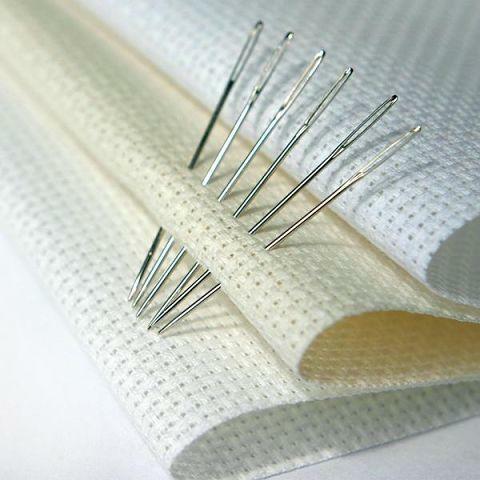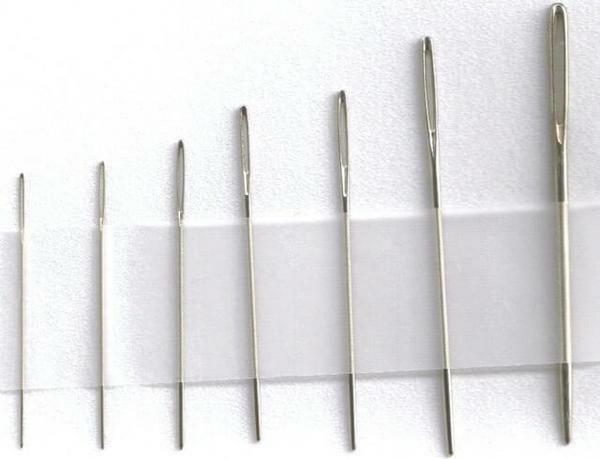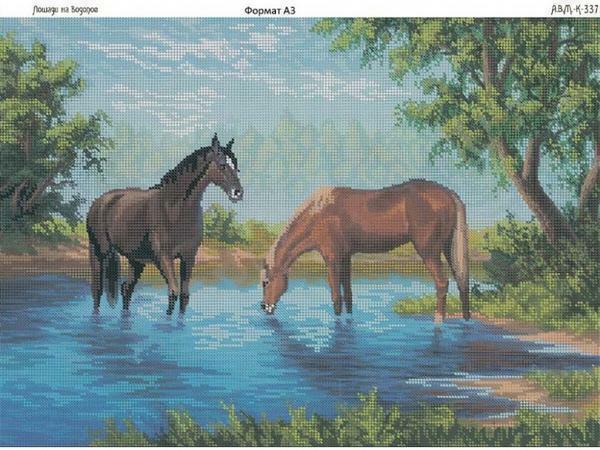 Needles for embroidery are different, and the craftsman chooses needles that are suitable for her type of embroidery and for the look of her canvas. Quality of work depends on the correct choice of the needle for cross stitching on different fabrics. Length, diameter, width of the "ear" - all the listed parameters must be taken into account when choosing a tool. In addition, attention is drawn to the functional characteristics of the tip of the needle. This can be sharp and blunt depending on the characteristics of the material and the very embroidery. To understand the whole variety of needles will help to pay attention to small things.
Needles for embroidery are different, and the craftsman chooses needles that are suitable for her type of embroidery and for the look of her canvas. Quality of work depends on the correct choice of the needle for cross stitching on different fabrics. Length, diameter, width of the "ear" - all the listed parameters must be taken into account when choosing a tool. In addition, attention is drawn to the functional characteristics of the tip of the needle. This can be sharp and blunt depending on the characteristics of the material and the very embroidery. To understand the whole variety of needles will help to pay attention to small things.
- Contents:
- Functional purpose of the needles
- The relationship between the canvas and the needle number: the density of the material
- We select the needles for cross stitching: the ratio of diameter and size
- Needle sets for(Video)
- What are the numbers of needles for cross-stitching
What are the numbers of needles for cross-stitching
It is useful for beginners to learn that needles are divided into two large classes. In the first case it is a tool for sewing, and in the second case it is for embroidery. In order to make it easier to distinguish one from the others, an international digital numbering was invented.
 For needles with a blunt end, cross stitches on canvas and special fabrics are suitable. They do not damage the fabric and already embroidered crosses, pass between the warp yarns without piercing them
For needles with a blunt end, cross stitches on canvas and special fabrics are suitable. They do not damage the fabric and already embroidered crosses, pass between the warp yarns without piercing them
Having found the needle in the store, it's enough just to look at her number. If it is in the range from 1 to 12, then before you is a tool solely for sewing.
For those who want to find needles for embroidery, you need to look for products with numbers ranging from 13 to 26.
In addition, one glance at the packaging, you can emphasize something else:
- Thick and long needlesCan be found in the interval from № 13 to № 20;
- If thin and short tools are required in operation, then attention should be paid to No. 20 to 26;
- Needles with numbers from 16 to 26 are needed for working with knitwear;
- To create tapestries, numbers from 13 to 15 are suitable.
Before you go to the store for sewing accessories, you need to clearly understand your own needs. To work with knitted fabrics, needles, whose numbering starts from 16, and for more massive tapestries - from 13. Suitable also on the package reflects the length and thickness of the product. The higher the number, the smaller and thinner the needle.
Functional Purpose of Needles
In most cases, tapestry needles are used for cross-stitching. Their feature is the presence of a long "ear".It is not difficult to explain this. Regardless of the type of thread used, it is easy to insert it into even a few folds. Even if necessary several times to pass the canvas at one point, it is not difficult to do this with the help of tapestry needles.
 The correctly selected needle does not leave visible traces, that is holes, and does not require special efforts to push
The correctly selected needle does not leave visible traces, that is holes, and does not require special efforts to push
Separately, the skilled workers with the experience stop on a number of other equally important characteristics of products of this kind:
- You can create French knots using models from №19 to №21;
- If you need to make a large number of extra stitches, then in this case needles with a number from 24 to 26;
- Embroidery on the dense fabric will require the use of needles number 13-14.
An incorrectly selected needle for embroidery reduces the quality of work and often leads to material damage. The more precise the skilled worker will determine the type of fabric and the parameters of the embroidery, the easier it will be to select the necessary tools. It is recommended to always have 2-3 kinds of needles. To a greater extent, this applies to those who plan to make multiple patterns on canvas.
The relationship between the canvas and the needle number: the density of the material
Due to physical parameters, thick tools for embroidery leave large spacing between threads, which will not have a positive effect on the quality of work.
 As the basis for embroidery is all in the holes, cross stitching is done with blunt needles, which allows you to more accurately hit the right places without risking splitting the yarn of the fabric.
As the basis for embroidery is all in the holes, cross stitching is done with blunt needles, which allows you to more accurately hit the right places without risking splitting the yarn of the fabric.
If the cross-stitching process occurs using an unjustifiably thin needle, then in this caseThe skilled worker will face another problem. First, there is a splitting of the tissue structure, and, secondly, the threads of the mulina will become thin and torn quickly enough.
Beginners are not superfluous to remember a simple, but very effective rule. The denser the fabric for embroidery, the thinner you need to take a needle in your hand.
The following table of correspondence between the density of the canvas and the needle number will help to prevent common mistakes:
- Aida 6 - No. 18;
- Aida 8 - No. 19-20;
- Aida 11 - No. 21-22;
- Aida 14 - No. 23-24;
- Aida 16 - No. 24-25;
- Aida 18 - No. 25-26;
- Aida 20 - No. 26.
As can be seen from the table above, as the density of the material used increases, it is necessary to take a thinner needle. In this case, the stitches will be even, and the result - long to please the eye. In most cases, such tables are included in the embroidery kits, for example, "Needle" or "Magic Needle".
We select the needles for cross stitching: the ratio of diameter and size
Another important parameter, as was briefly mentioned earlier, is the diameter of the tool. It is necessary to be cautious here, because this marking is not universal.
 Needles with blunt end and large eyelet have numbers from 13( for the rarest canvas) to 28( for fabrics with even weave, linen and the like).The larger the needle number, the thinner it is
Needles with blunt end and large eyelet have numbers from 13( for the rarest canvas) to 28( for fabrics with even weave, linen and the like).The larger the needle number, the thinner it is
Different manufacturers of garment products may differ in the ratio of diameter and labeling. It is recommended to look at the product description in order to correctly determine its parameters.
If we talk about the average parameters of the needles, they look like this.
Depending on the needle number, the diameter of the product changes in millimeters:
- No. 13 - 2.34;
- No. 14-2.03;
- No. 15 - 1.83;
- No. 16 - 1.63;
- No. 17 - 1.42;
- No. 18 - 1.27;
- No. 19 - 1.17;
- No. 20 - 1.09;
- No. 22 - 0.94;
- No. 23 - 0.86;
- No. 24 - 0.76;
- No. 25 - 0.69;
- No. 26 - 0.61.
The needle for embroidery is chosen taking into account the density of the fabric and the need to create a large number of fine lines. It is necessary to push off from the number indicated on the package. The closer it is to 26, the thinner and smaller the needle will be. In addition, it is worth remembering that some manufacturers of embroidery products do not adhere to the standard classification.
Sets of needles for cross stitching( video)
In summary, it should be said that the choice of the needle is as important as the selection of canvas and thread. Only carefully selecting the material and the tool can make a beautiful and high-quality work.


